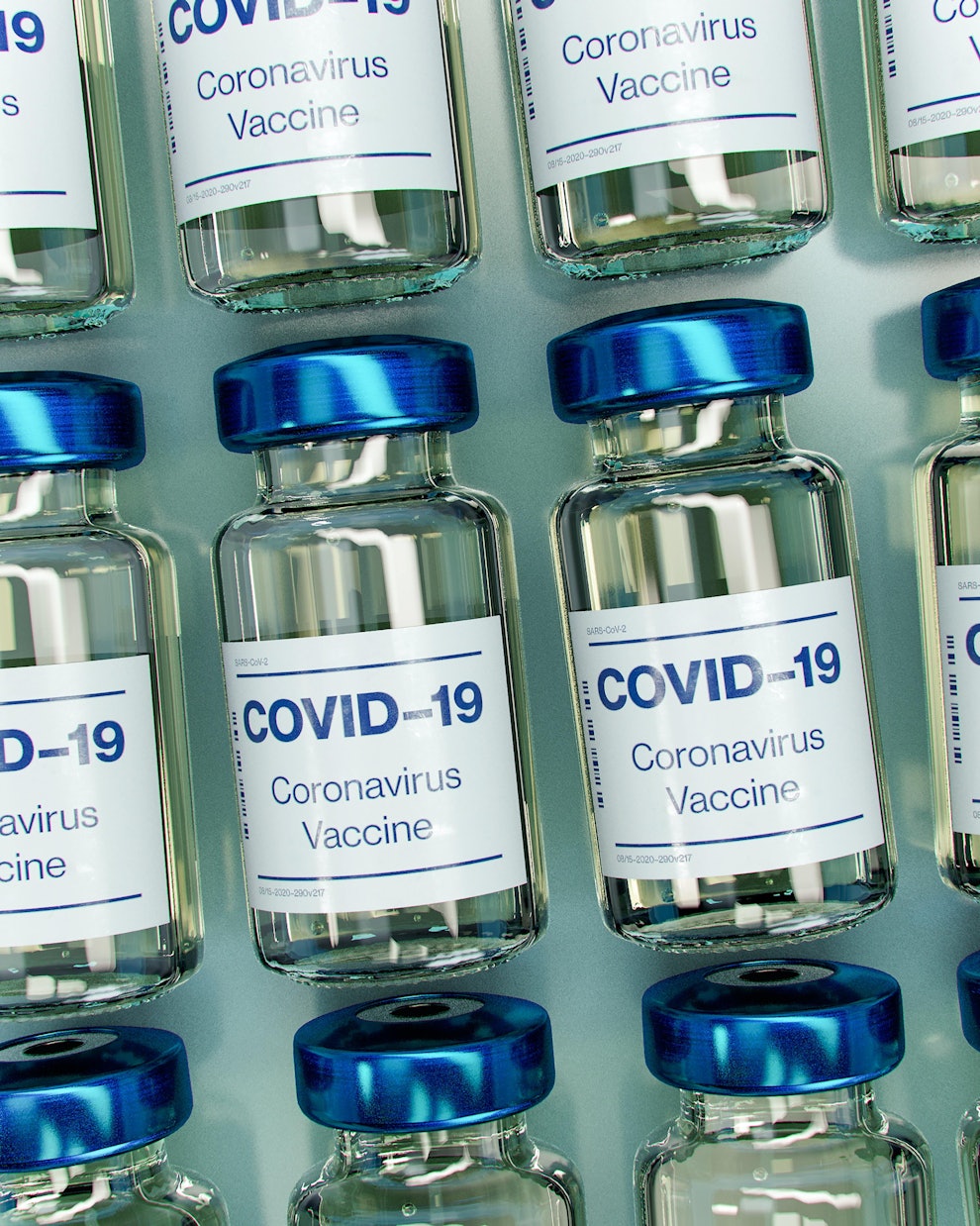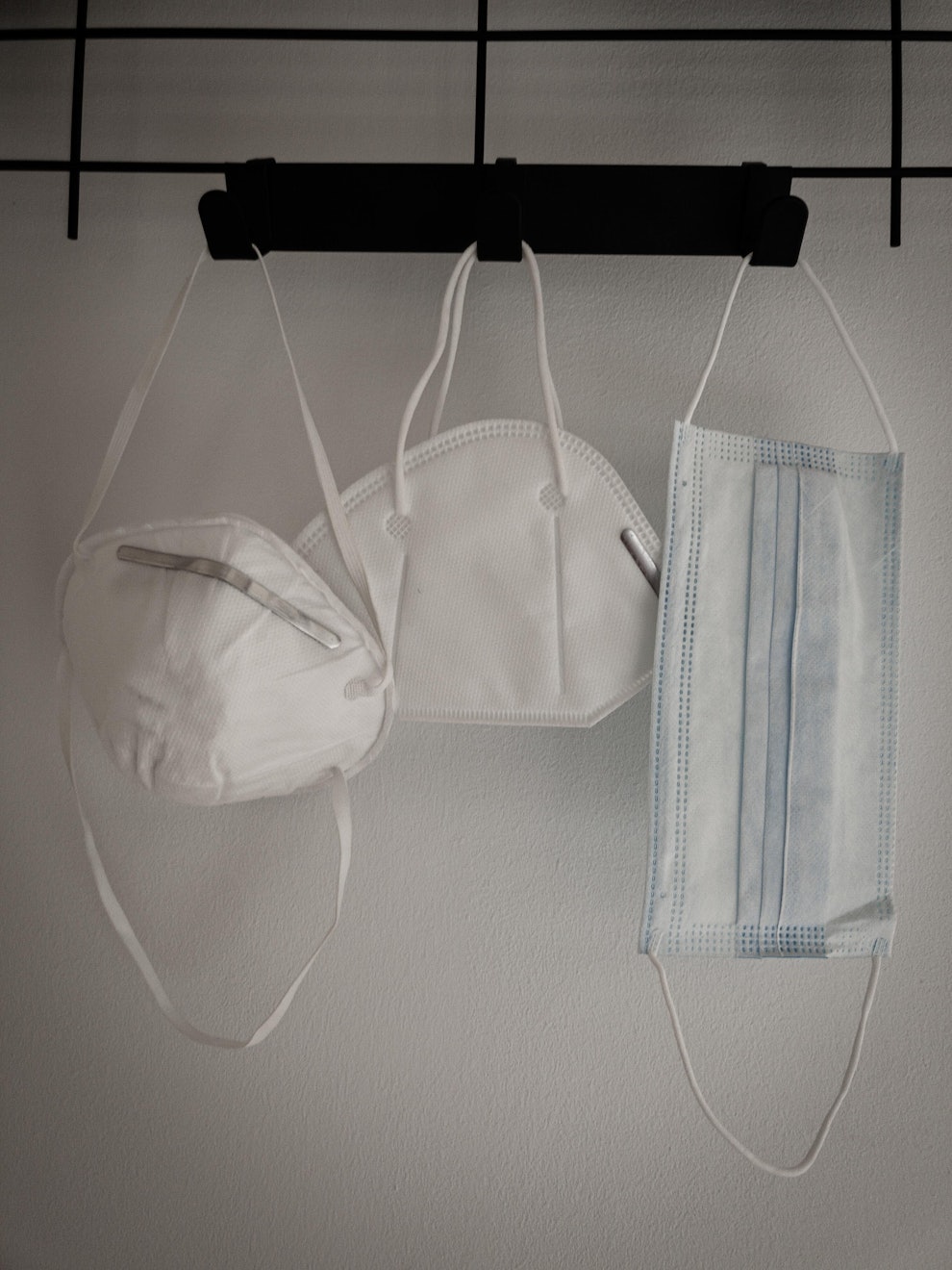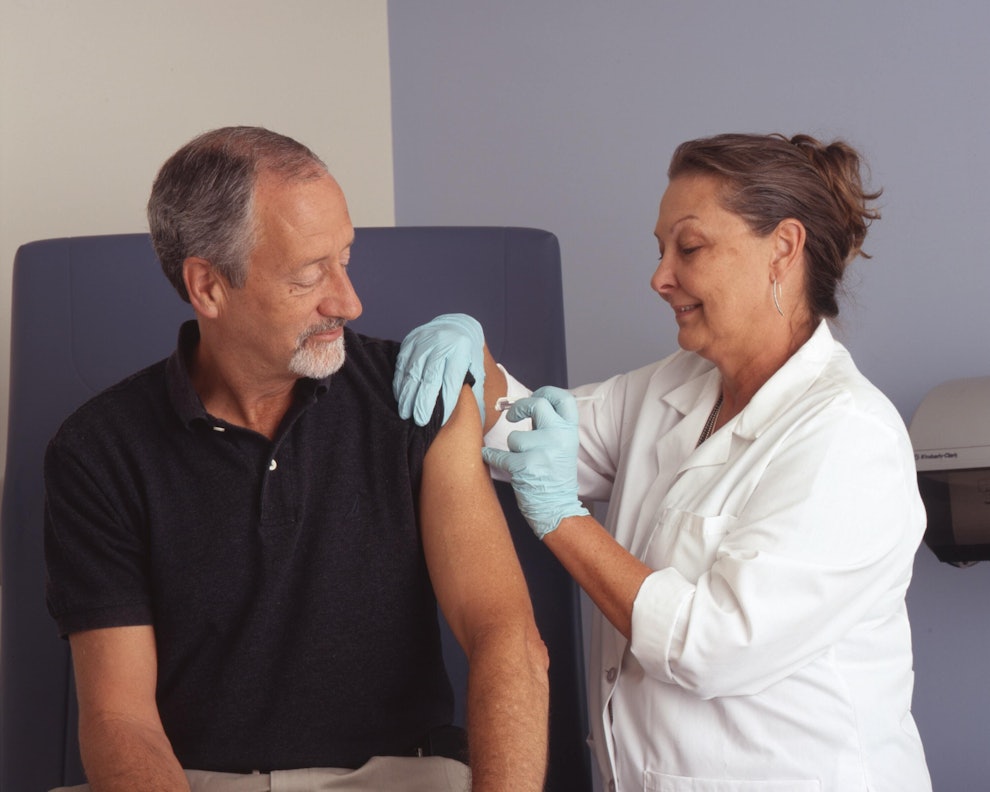Article at a glance
Paxlovid is a type of antiviral medication that is used to treat moderate to severe illness associated with COVID-19.
Currently, Paxlovid is considered an investigational medicine as it is still being studied. The FDA has approved this antiviral drug for certain patients under an “emergency use authorization”.
Paxlovid has a significant number of drug-to-drug interactions which is why it is important for health care providers to know of any and all medications patients are taking, including prescribed and over-the-counter, before they prescribe Paxlovid.

Ritonavir-Boosted Nirmatrelvir (Paxlovid) is an oral antiviral pill used to treat COVID-19. Created by the pharmaceutical company Pfizer, Paxlovid has been shown to reduce the risk of severe illness associated with coronavirus in clinical trials.
Currently, Paxlovid is an investigational medicine because it is still being studied. The Food and Drug Administration (FDA) has approved the emergency use authorization of Paxlovid for adults and children ages 12 and older who test positive for COVID-19. Paxlovid is recommended for high-risk patients who have a greater chance of severe disease that causes hospitalization and death.
This article will explain the basics of Paxlovid including who should take Paxlovid, who should avoid taking Paxlovid, risk factors, side effects, and more.
What is Paxlovid?
Paxlovid is an oral antiviral medication used to treat COVID-19 created by the pharmaceutical company Pfizer. Antiviral drugs are a group of medications that help the body fight off viruses. In this case, Paxlovid works by targeting the SARS-CoV‑2 virus (the virus that causes COVID-19) from multiplying in the body, lowering the amount of the virus within the body, or helping the immune system.
Paxlovid has been shown to reduce the risk of severe disease in clinical trials. Paxlovid has current FDA approval under an emergency use authorization.
Paxlovid comes in three tablets: two 150 mg tablets of nirmatrelvir and one 100 mg tablet of ritonavir. These tablets are to be taken at the same time, within five days of the start of symptoms.
Note: Learn more about the Pfizer clinical trial at this resource.
Who Should Take Paxlovid?
Paxlovid is recommended for adults and pediatric patients ages 12 and up (weighing at least 88 pounds) who are at a higher risk for progressing to severe illness as a result of a COVID-19 infection.
Who Should Not Take Paxlovid?
Those who should not take Paxlovid include those allergic to any ingredients in Paxlovid. Consult a doctor before starting Paxlovid if:
You have allergies
You’re battling severe kidney disease or liver disease
You’re pregnant (or plan to become pregnant)
You’re breastfeeding
You are battling serious illness(es)
Paxlovid Drug-To-Drug Interactions
Paxlovid has a significant number of drug-to-drug interactions. Visit this resource to check which medications have adverse interactions before starting Paxlovid treatment.

Paxlovid Side Effects
Possible side effects associated with Paxlovid include allergic reactions, liver issues, resistance to HIV medications, and more. All patients should speak with their provider prior to starting Paxlovid due to the possibility of experiencing side effects. While Paxlovid is usually well-tolerated, some people do experience these side effects and should contact their doctor immediately if they experience them.
Allergic Reactions
Severe allergic reactions can occur in those taking Paxlovid. Symptoms of an allergic reaction include:
Hives
Struggling to swallow or breathe
Swelling of face, mouth, or lips
Throat tightness
Hoarseness
Skin rash
Liver Issues
Liver problems are a potential side effect of taking Paxlovid. Patients who experience symptoms of liver issues should talk to a health care provider right away. Such symptoms include:
Jaundice
Loss of appetite
Dark-colored urine
Itchy skin
Pale-colored stools
Abdominal pain
Resistance to HIV Medications
For those with untreated HIV, Paxlovid may lead to certain HIV medications not working as well in the future. If you’re concerned about having HIV, speak with your provider about getting tested and figuring out an action plan.
Additional Side Effects
In addition to the aforementioned, other potential side effects of Paxlovid include:
Altered sense of taste
Diarrhea
High blood pressure
Muscle aches
Abdominal pains
Nausea
General malaise/feeling unwell
Paxlovid Rebound Infections
Rebound infections, meaning contracting COVID-19 again, are possible for patients treated with Paxlovid. The rebound effect has been found to occur in some patients who have taken a full course of Paxlovid and start experiencing symptoms again between two and eight days later.
Taking Paxlovid again if experiencing a rebound infection is not recommended. The CDC recommends those who get Paxlovid rebound should isolate for an additional five days.
Rebound Symptoms
Symptoms of a rebound infection align with typical COVID symptoms such as:
Fever and chills
Cough
Shortness of breath
Fatigue
Muscle or body aches
Headache
A new loss of taste or smell
Sore throat
Congestion or runny nose
Nausea and vomiting
Diarrhea
How To Take Paxlovid
Treatment guidelines for Paxlovid are as follows:
300 mg of Paxlovid orally twice daily for five days for mild to moderate covid symptoms who are at high risk for severe disease progression
Paxlovid should be administered within five days of symptom onset
Paxlovid was created before Omicron and following sub variants but initial studies show that it works against variants.
For those with certain conditions such as moderate renal impairment, a reduced dosage is recommended. Talk to your physician about the appropriate dosage for you.

How To Protect Yourself From COVID-19
The pandemic is not over. As such, disease control measures should still be taken to fight the COVID-19 pandemic. Some such strategies include:
Staying home if sick
Wearing a mask in public places
Social distancing when possible
Regular hand washing
Covering coughs and sneezes
Getting vaccinated (vaccinated patients have a lowered risk of severe COVID and death compared to unvaccinated patients)

FAQ
How does Paxlovid work exactly?
Paxlovid works by inhibiting a key enzyme that allows the COVID-19 virus to reproduce, slowing down the virus's ability to mutate.
How long does it take for Paxlovid to work?
The medication starts to go into effect immediately after you take it, but it's most effective if it's consumed within 5 days of symptom onset.
Sources
- https://aspr.hhs.gov/COVID-19/Therapeutics/Products/Paxlovid/Pages/default.aspx
- https://www.cdc.gov/coronavirus/2019-ncov/your-health/treatments-for-severe-illness.html
- https://combatcovid.hhs.gov/what-are-oral-antivirals
- https://combatcovid.hhs.gov/what-are-monoclonal-antibodies
- https://www.science.org/content/article/bad-news-paxlovid-coronavirus-can-find-multiple-ways-evade-covid-19-drug
- https://www.covid19treatmentguidelines.nih.gov/
- https://www.fda.gov/media/155051/download
- https://labeling.pfizer.com/ShowLabeling.aspx?id=16473&format=pdf
- https://my.clevelandclinic.org/health/drugs/21531-antivirals
- https://covid19-druginteractions.org/checker
- https://www.cdc.gov/coronavirus/2019-ncov/index.html
- https://www.cdc.gov/coronavirus/2019-ncov/symptoms-testing/symptoms.html
- https://www.pfizer.com/news/press-release/press-release-detail/pfizers-novel-covid-19-oral-antiviral-treatment-candidate
- https://www.goodrx.com/conditions/covid-19/paxlovid-rebound
- https://emergency.cdc.gov/han/2022/pdf/CDC_HAN_467.pdf
Become a patient
Experience the Oak Street Health difference, and see what it’s like to be treated by a care team who are experts at caring for older adults.




